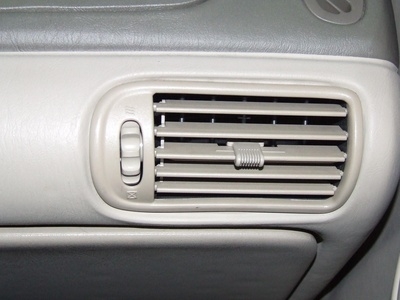
If you live in a cold climate and don't have the luxury of a garage, not only will your vehicle be harder to start but you are going to want to turn on the heat once you get in. Without a working heater in your car, that dreaded Monday morning commute can become a literally numbing experience. As counter-intuitive as it sounds, if the heat in your vehicle is not working, most likely there is a problem with the cooling system. There are a couple of steps you can take to diagnose the reason and get some heat back in your car.
Check your engine's coolant level. When a vehicle is running, the heat that is produced by the engine is absorbed by the coolant and flows to the radiator inside the car. If the coolant is low, that flow is stopped. Simply top off the coolant and the problem should be resolved.
Look for any debris trapped in the heater hoses or heater core. Turn on the heat control in your vehicle to full temperature but make sure the fan is off. Open up the hood and locate the heater hoses. There will be two of them at the rear of the engine about 1 inch in diameter. Feel the hoses: they should be roughly the same temperature. If there is a big difference in temperature, something most likely is blocking the system, or there could be a leak. It's best to get your car serviced.
Watch the engine temperature gauge. If your vehicle takes a long time to warm up or does not warm up enough, the problem is probably a faulty thermostat. A healthy engine temperature gauge should warm up to about the half-way point after six to eight minutes of the engine running.
Test the actual temperature controls inside the vehicle. If they are not performing properly and you are fairly sure that the coolant system is in working order, the problem probably lies in the controls. Heater controls usually operate with cables, vacuums or electronics. A problem with the control system usually means a trip to the garage for service.